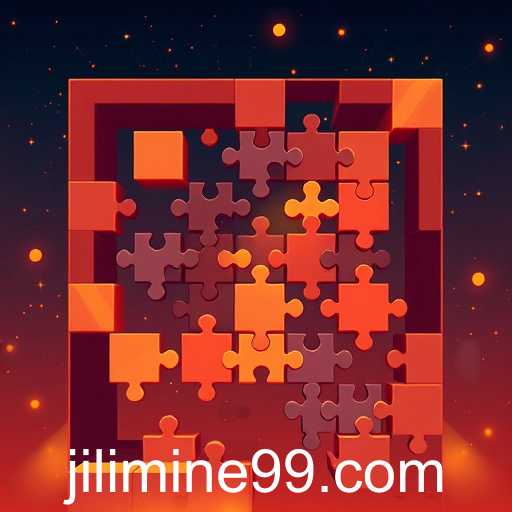In the vast landscape of online gaming, puzzle games hold a treasured spot for their ability to challenge the mind while providing entertainment. Within this category, the enigmatic keyword 'jilimine' has been creating ripples, symbolizing innovation and the evolving nature of these cerebral games. This article aims to delve deep into how 'jilimine' and puzzle games captivate millions around the globe, while evolving alongside technology and player preferences.
Puzzle games have long been a staple of digital entertainment, from classic offerings like Tetris to contemporary hits such as Candy Crush Saga. What makes this category perpetually engaging is its inherent ability to test cognitive skills and offer gratifying problem-solving experiences. Recent developments, marked by the 'jilimine' keyword, demonstrate an innovative trend in puzzle game design and storytelling.
The term 'jilimine' may not have an exclusive definition within gaming dictionaries, yet its association with cutting-edge puzzle mechanics and intricate challenges implies a significant shift. This keyword embodies a style of game design that prioritizes originality, complexity, and player engagement. As developers strive to outdo one another, 'jilimine' becomes synonymous with creative puzzles that push the envelope in terms of complexity and ingenuity.
An important aspect of puzzle games is their accessibility. They appeal to a wide demographic because they can be played in brief sessions or over extended periods. The rise of mobile gaming has further cemented their popularity. Thanks to smartphones, puzzles can be accessed at any time, offering a convenient escape into a world of logic and imagination. 'Jilimine'-inspired puzzle games capitalize on this accessibility, pushing developers to think outside the box and create puzzles that can be as challenging as they are enjoyable.
Moreover, the community aspect of puzzle games has burgeoned in recent years, with social media and online forums providing platforms for players to share solutions, ideas, and challenges. The 'jilimine' phenomenon not only enriches the gameplay but also fosters collaboration and competition among players. This sense of community enhances the gaming experience, encouraging players to engage with the game and each other on a deeper level.
The future of puzzle games, influenced by the 'jilimine' trend, promises a plethora of possibilities. As virtual reality (VR) and augmented reality (AR) technologies advance, the potential for immersive and interactive puzzle experiences expands exponentially. Players might find themselves solving puzzles in virtual worlds that respond to spatial movements, adding a layer of realism and excitement that was previously unimaginable.
In conclusion, as puzzle games continue to evolve, 'jilimine' signifies a transformative era in this genre. By emphasizing creativity, complexity, and community engagement, it challenges both developers and players to think differently. As we look ahead, it is certain that puzzle games will continue to be a beloved entertainment medium, providing endless opportunities for intellectual exploration and innovation.





